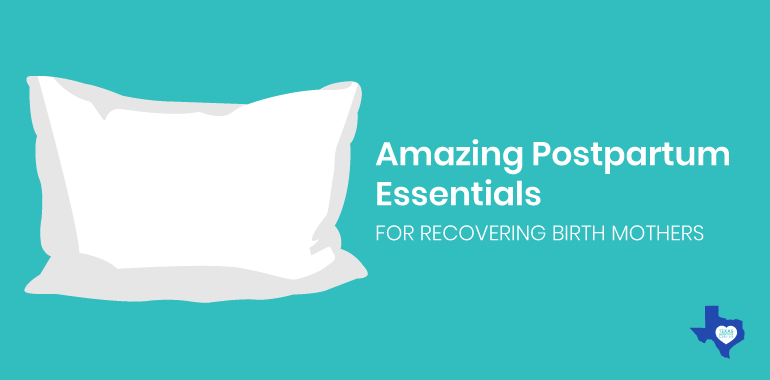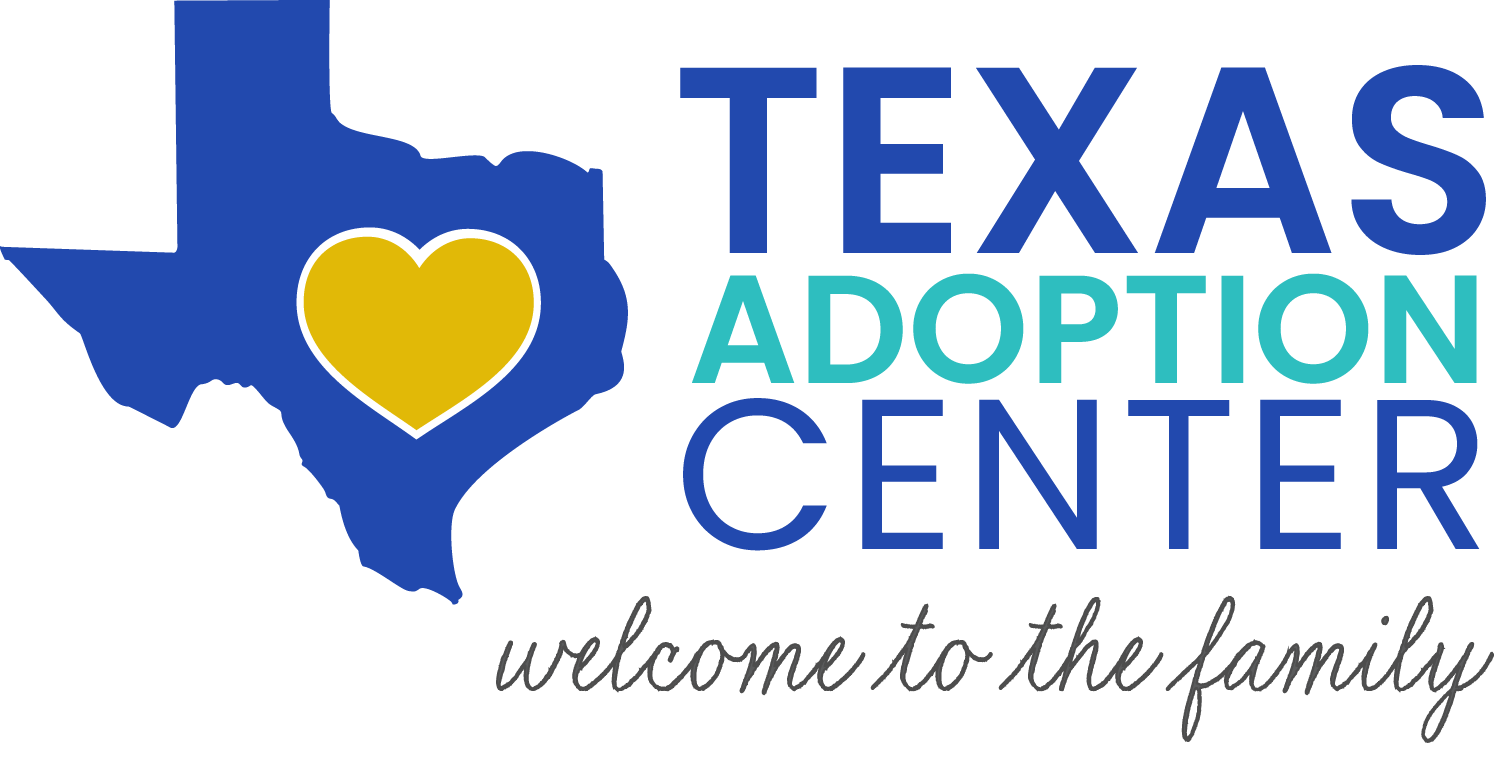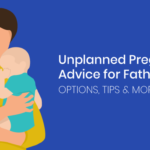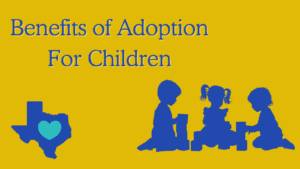
Expectant mothers who have created an adoption plan often spend a lot of time preparing for the hospitalization, but many forget to plan for themselves during the postpartum recovery period. With so many changes happening, it’s easy to put yourself aside. Regardless of how easy or difficult your birth was, there are some postpartum essentials you need to help you through your recovery. Stocking up on your recovery essentials before the baby arrives can help ease your pain and make your transition easier after giving birth. Let’s discuss your postpartum recovery checklist to help you prepare for the next step in your journey.
Table of Contents
- Recovery After Birth: How Long Does It Take?
- Postpartum Essentials List
- A New Life After Birth
- Get the Support You Need for Postpartum Recovery with Texas Adoption Center
Recovery After Birth: How Long Does It Take?
Your postpartum experience will be unique. While everyone recovers at their own rate, the average recovery time for a vaginal birth is six to eight weeks. Recovery for cesarean sections is typically longer, usually averaging between ten to twelve weeks. As with any surgery or significant changes to the body, recovery is an ongoing process. According to the American College of Obstetricians and Gynecologists, postpartum care should continue for several weeks after giving birth.
Pregnancy changes your body in both physical and emotional ways, and those changes don’t stop once your baby is born. While some women feel fine a few days after giving birth, others need several weeks or months to recover. Your recovery can be longer when you experience complications, such as bleeding, soreness, and mood changes.
The most important thing to do as you recover is to listen to your body. Talk to your healthcare provider if you are concerned about your recovery. In the meantime, take advantage of some of these postpartum essentials that can help ease your pain and decrease recovery time.
Postpartum Essentials List
With all the questions, concerns, and changes happening in your life, it’s normal to forget to ask, “What do I need after giving birth?” That’s why we’ve gathered a list of some postpartum essentials to help make your recovery as stress-free as possible. Let’s jump right in!
Postpartum Essentials for Bleeding
The part of pregnancy that most people don’t want to talk about is the bleeding, but understanding what to expect can make things a lot easier for recovery. Lochia is a type of discharge from the uterus that occurs after you give birth. It is seen with both vaginal and C-section deliveries. It is a mixture of blood, mucus, and uterine tissue and can last for up to six weeks.
The following postpartum essentials will help handle lochia and ease any discomfort you might experience:
1. Pads
When it comes to lochia, it’s essential to understand that you can’t use tampons during your postpartum recovery. Pads are your only option. They’ll keep you clean during your postpartum, so stock up!
2. Peri Bottle
If you give birth in a hospital, you should get a peri bottle as part of your postpartum recovery supplies when you are discharged. Essentially, a peri bottle is a squirt bottle that keeps the area between your anus and genitals clean. It’s vital for postpartum self-care because it helps ease the sting of going to the bathroom and keeps you clean.
3. Heating Pad or Ice Packs
Both heating pads and ice packs work to ease pain and swelling in your vaginal area and your breasts after delivery. Keep both on hand to get temporary relief as needed.
4. Mesh Underwear
They definitely won’t make a fashion statement, but mesh underwear are a lifesaver after giving birth. They’re flexible enough to hold large pads and ice packs in place, and they’re comfortable. The best part is that they are disposable! This is another item the hospital may give you, but make sure to have some on hand for the first week postpartum.
Postpartum Essential for Soreness
Although you might not feel very sore shortly after giving birth, you can expect to feel some level of discomfort as your body starts to heal. Keep these supplies on hand to help you handle postpartum soreness.
1. Sitz Bath
A sitz bath is a small tub that sits over the toilet bowl. It can be filled with cold or warm water to help promote healing, improve circulation, and reduce swelling and pain after giving birth. Use it for twenty minutes at a time to ease soreness and discomfort in your vaginal area.
2. Donut Pillow
Many women experience hemorrhoids before or after giving birth. A donut pillow can ease soreness by taking pressure off hemorrhoids and your swollen perineum.
3. Perineal Spray
A local anesthetic spray, cream, or ointment can help relieve postpartum perineal pain after vaginal births. Several over-the-counter sprays contain benzocaine, aloe, lanolin, and menthol to soothe and moisturize your damaged skin. Talk to your doctor to make sure these products are right for you. They can also recommend a brand.
4. Over-the-Counter Pain Relievers
Most women experience abdominal cramps postpartum. These are the last uterine contractions that continue after the baby arrives, known as afterpains. You can expect to experience these for four to seven days after giving birth, along with some pain and achiness from pushing and delivery. Talk to your doctor about which over-the-counter pain relievers best suit your needs.
5. Perineal Cooling Pad
You can find perineal cooling pads to help ease perineum soreness after giving birth. Apply them for a couple of hours for the first day and as needed for swelling and discomfort during your postpartum recovery. While you can easily use ice packs, these disposable maxi pads also help absorb lochia bleeding and don’t need to be frozen.
Postpartum Essentials for Breast Care
Whether you decide to breastfeed your baby or not, your body automatically makes breast milk. While your milk supply will dry up a few weeks after giving birth, if you don’t breastfeed, you’ll still need to take care of your breast postpartum. Have these supplies on hand for your postpartum breast care.
1. A Supportive Bra
After you give birth, your breasts may become full, heavy, tender, or engorged due to milk production. You’ll need a good, supportive bra to handle the extra weight of your breasts and make you comfortable as you adjust to the changes.
2. Breast Pads
Regardless of your feeding plan or lack of feeding plan, every new mom makes breast milk. Breast pads are disposable and can be placed inside your bra to cover the nipple and keep breast milk from leaking onto your clothing.
3. Nipple Cream
Most postpartum moms, and even those who don’t nurse, experience sore, cracked, or painful nipples. Several types of nipple cream and ointment are available over-the-counter to moisturize the skin and relieve tenderness and pain.
4. Cold Packs
Many birth mothers wish to speed up the process of drying up their milk supply. The lack of stimulation from not breastfeeding a baby will naturally halt milk production with time.
During this time, you can relieve pain and swelling by putting cold/gel packs in your bra or use cold compresses after a shower or bath. Protect your skin from extreme cold by placing a breast pad in between your skin and cold pack.
Also, cold cabbage leaves worn inside the bra can be soothing. Cabbage leaves have been used for a long time to relieve engorgement and help to dry up milk.
- Take apart and wash the leaves of green cabbage.
- Put the leaves in a container and put the container in the refrigerator to chill.
- Place one leaf over each breast before putting on a bra.
- Change leaves once they’ve wilted, or about every two hours.
Postpartum Essentials for C-Section Birth
Giving birth by C-section requires additional care to promote healing. If you know that you’re having a C-section in advance, keep these extra items on hand. If you have an unplanned C-section, have someone grab these items for you once you come home.
1. Stool Softener
Having a bowel movement after giving birth can be scary. Plus, anesthesia and other pain relievers can cause constipation. Having a stool softener available can help ease constipation and make it easier to go. If you continue to have problems with bowel movements postpartum, talk to your doctor to prescribe something more potent.
2. A Belly Pillow
While you don’t need to buy a special pillow after having a C-section, having an extra cushion for your belly can be a great help. You can use it to protect your abdomen while you’re holding your baby or to ease the pain you may experience when you cough, sneeze, or laugh.
3. Soft, Loose-Fitting Clothing
If you have a C-section, you’ll go home with an incision in your lower abdomen. Having soft, loose-fitting clothing available will help prevent irritation and promote healing. Talk to your doctor about other ways to help your incision heal postpartum.
A New Life After Birth
As you can see, there are several things you can get in advance to help ease the discomfort of giving birth and promote faster healing. While stocking up on these specific supplies can be a great help, you should also be sure to take care of your general health and well-being after giving birth. Stock your home with healthy food to fuel your body, and be sure to stay hydrated. While it’s great to stay active, talk to your doctor about restrictions.
In addition to your physical well-being, take care of yourself mentally and emotionally. If you plan to place your baby for adoption, talk to your local adoption agency to find support groups or schedule an appointment with an adoption counselor. Whatever your postpartum journey looks like, it’s essential to know that you are not alone. There are several resources available to women to help with their postpartum recovery.
Get the Support You Need for Postpartum Recovery with Texas Adoption Center
Your body will go through many changes during your pregnancy, and they don’t stop once you give birth. The good news is that having the postpartum essentials mentioned above can make the process much easier and more comfortable.
If you’re preparing to give birth or starting your postpartum recovery, we’re here to help. Texas Adoption Center has helped thousands of young women find the support and resources they need to make their postpartum recovery as stress-free as possible. Whether you need resources to help you during the first few weeks of parenthood or you need more information about the adoption process, don’t hesitate to contact us.






